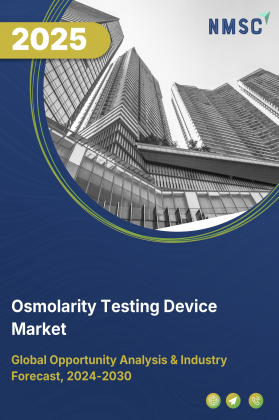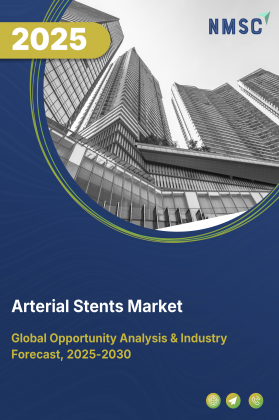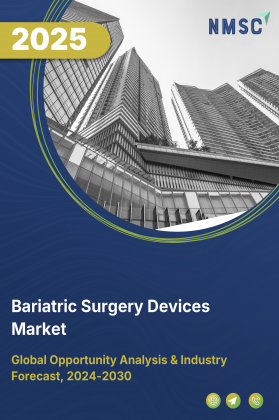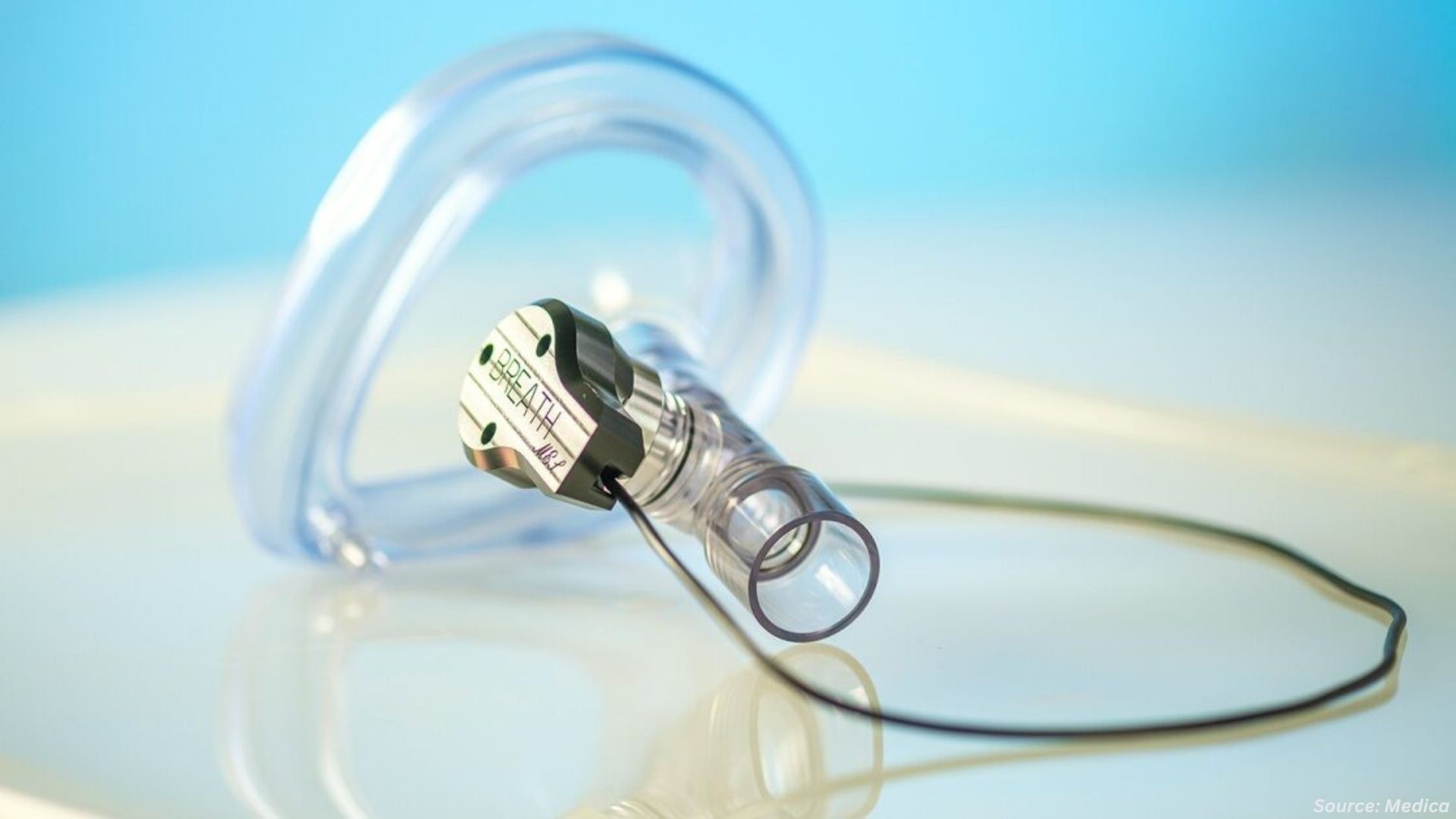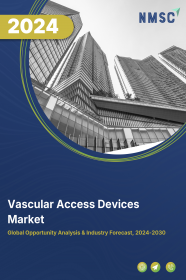
Vascular Access Devices Market by Device Type (Central Vascular Access Devices and Peripheral Vascular Access Devices) by Application (Administration of Drugs, Administration of Fluid and Nutrition, Diagnostics and Testing) by End-User (Hospital/Clinic, Diagnostic Centres, Other End Users) – Global Opportunity Analysis and Industry Forecast, 2024-2030
Market Definition
The Vascular Access Devices Market size was valued at USD 6.66 billion in 2023 and is predicted to reach USD 8.80 billion by 2030 with a CAGR of 4.8% from 2024-2030. The vascular access device industry encompasses the development, manufacturing, and distribution of medical devices designed for obtaining access to the bloodstream, facilitating the administration of fluids, medications, and blood products, as well as enabling the withdrawal of blood for diagnostic purposes. Vascular access devices play a crucial role in healthcare settings, extending from hospitals to ambulatory care.
By providing healthcare professionals with reliable and sterile means of accessing the vascular system. These devices include a variety of catheters, cannulas, and other related products, addressing diverse clinical needs such as intravenous therapy, central venous access, and arterial access. With a focus on improving patient outcomes and reducing complications, the vascular access device market is characterized by ongoing innovation, regulatory scrutiny, and a commitment to meeting the diverse needs of healthcare providers and patients.
Market Dynamics and Trends
The growing prevalence of chronic diseases such as cancer, and kidney failure, creates a demand for effective and reliable vascular access devices. These devices play a crucial role in the management of chronic illnesses by facilitating the administration of medications, fluids, and other therapeutic interventions, which in turn boost the market growth. According to the National Diabetes Statistics Report, as of 2022, approximately 37.3 million adults are living with diabetes in the U.S.
Furthermore, the International Society of Nephrology (ISN) declared that chronic kidney disease (CKD) affects 10.4% of men and 11.8% of women globally. Acute kidney injury (AKI), encountered by 13.3 million individuals annually, and has the potential to either resolve or progress to CKD or eventual kidney failure. These concerning statistics underscore the growing demand for advanced medical interventions, including vascular access devices, to enhance the management and treatment of kidney-related conditions in the expanding healthcare market.
Also, the vascular access device market is witnessing growth, due to the increasing global aging population. The World Health Organization in 2022 highlights that the number of individuals aged 60 and above reached 1.4 billion in 2020, with projections of a surge to 2.1 billion by 2050. This demographic shift highlights the widening of the elderly population, accompanied by the rising prevalence of age-related health conditions, underscores the pivotal role of vascular access devices in catering to the medical needs of the aging demographic, leading to market growth.
However, the high investment costs and limited healthcare budget, restrain the vascular access device market. Such limitations impede the adoption of adequate vascular access devices, thereby restraining the market growth. On the contrary, the introduction of ultrasonic guidance technology in vascular access devices creates future prospects for the market.
It provides real-time imaging of blood vessels that helps healthcare professionals visualize vein location, size, and depth. This improves the accuracy of device insertion, especially in patients with challenging vascular access. For example, BD (Becton, Dickinson, and Company) launched a new Prevue II Peripheral Vascular Access System that enhances IV needlestick safety and efficiency with real-time ultrasound guidance, reducing attempts and improving patient experience.
Market Segmentations and Scope of the Study
The vascular access devices market is segmented on the basis of device types, applications, end-user, and region. Based on device type, the market is segmented into central vascular access devices and peripheral vascular access devices. On the basis of central vascular access devices, the market is classified into peripherally inserted, central catheters, percutaneous non-tunnelled catheters and other central vascular access devices. Furthermore, on the basis of peripheral vascular access devices, the market is divided into peripheral catheter, midline catheter, other peripheral vascular access devices Based on application, the market is categorized into administration of drugs, administration of fluid and nutrition, diagnostics, and testing. Based on end-user, the market is categorized into hospital/clinic, diagnostic centres, and other end users. Regional breakdown and analysis of each of the aforesaid segments includes regions comprising North America, Europe, Asia-Pacific, and the Rest of the World (RoW).
Geographical Analysis
North America holds the dominating share of vascular access devices market during the forecast period due to the presence of top key market players in the region. These industry leaders introduce innovative technologies, and leverage strong distribution networks, contributing to widespread adoption of vascular devices.
For instance, in December 2023, Becton, Dickinson and Company (BD) launched the SiteRite 9 ultrasound system, which is designed to improve clinician efficiency when placing vascular access devices such as peripherally inserted central catheters, central venous catheters, and intravenous lines.
Moreover, the presence of a robust healthcare infrastructure in North America serves as a potent driver for the North American vascular access devices market. The presence of a strong federal agency of health and human services departments such as the U.S. Food and Drug Administration (FDA) that has maintained stringent standards creates a favorable environment for the growth and adoption of vascular access devices in the region.
As of March 2023, U.S. Food and Drug Administration (FDA) requested for USD 7.2 billion in the fiscal year 2024 budget. The focus is on enhancing medical product availability and addressing rapid innovation, reflecting a commitment to strengthening the regulatory framework and supporting advancements in healthcare technologies. This positions the market for ongoing development and responsiveness to evolving healthcare needs.
On the other hand, the Asia-Pacific region is expected to witness a rise in the vascular access devices market due to the presence of a large number of aged population, particularly in Eastern and South-Eastern Asia. Notably, in Japan, the number of individuals aged 65 or overreached 36.2 million, as reported by the Ministry of Internal Affairs and Communications. The growing healthcare needs of this expanding elderly population create a substantial market opportunity for vascular access device manufacturers in the APAC region.
Also, the growth and enhancement of healthcare infrastructure in various APAC countries serve as key drivers for the vascular access devices market. Substantial investments from both governments and private entities are directed towards improving medical facilities, supporting research and development, and aligning regulatory frameworks with global standards.
This robust healthcare infrastructure fosters increased adoption of advanced medical technologies, including vascular access devices, meeting the rising demands of healthcare delivery and contributing to market growth. An illustrative example is the Asian Development Bank's (ADB) approval of a USD 650 million investment loan to upgrade primary health care facilities and public health laboratories throughout Indonesia, emphasizing the region's commitment to advancing healthcare infrastructure.
Competitive Landscape
Various market players operating in the vascular access devices market are Becton, Dickinson and Company, Teleflex Incorporated, B. Braun Melsungen AG, Access Vascular, Inc., ICU Medical, Inc., Nipro Medical Corporation, Cook Medical, Fresenius Medical Care AG & Co. KGaA., Medtronic PLC., Siemens Healthineers and others. These market players are adopting various strategies such as product launches and acquisitions to remain dominant in the market.
For instance, in May 2022, Access Vascular, Inc. (AVI) obtained FDA 510(k) clearance for its HydroPICC dual-lumen peripherally inserted central catheter (PICC). The technology aims to minimize thrombus accumulation, a common issue linked with conventional catheters. This FDA clearance underscores the advancement of AVI's technology in addressing common challenges associated with catheter use and signifies a positive step toward improving patient care.
For instance, in January 2022, ICU Medical acquired Smiths Medical from Smiths Group plc, creating a leading infusion therapy company with a more robust global reach. The acquisition includes Smiths Medical syringe and ambulatory infusion devices, vascular access, and vital care products.
For instance, in April 2021, Nipro Medical Corporation announced the creation of a Vascular Division in the U.S. The division will include several cutting-edge technologies, and innovative vascular and cardiovascular products to provide clinicians with procedural and imaging solutions that enhance patient care.
Key Benefits
-
The report provides quantitative analysis and estimations of the vascular access devices market from 2024 to 2030, which assists in identifying the prevailing market opportunities.
-
The study comprises a deep-dive analysis of the vascular access devices market including the current and future trends to depict prevalent investment pockets in the market.
-
Information related to key drivers, restraints, and opportunities and their impact on the vascular access devices market is provided in the report.
-
Competitive analysis of the players, along with their market share is provided in the report.
-
SWOT analysis and Porters Five Forces model is elaborated in the study.
-
Value chain analysis in the market study provides a clear picture of roles of stakeholders.
Key Market Segments
By Device Type
-
Central Vascular Access Devices
-
Peripherally Inserted
-
Central Catheters
-
Percutaneous Non-tunnelled Catheters
-
Other Central Vascular Access Devices
-
-
Peripheral Vascular Access Devices
-
Peripheral Catheter
-
Midline Catheter
-
Other Peripheral Vascular Access Devices
-
By Application
-
Administration of Drugs
-
Administration of Fluid and Nutrition
-
Diagnostics
-
Testing
By End-Users
-
Hospital/Clinic
-
Diagnostic Centres
-
Other End Users
By Region
-
North America
-
The U.S.
-
Canada
-
Mexico
-
-
Europe
-
The UK
-
Germany
-
France
-
Italy
-
Spain
-
Denmark
-
Netherlands
-
Finland
-
Sweden
-
Norway
-
Russia
-
Rest of Europe
-
-
Asia-Pacific
-
China
-
Japan
-
India
-
South Korea
-
Australia
-
Indonesia
-
Singapore
-
Taiwan
-
Thailand
-
Rest of Asia Pacific
-
-
RoW
-
Latin America
-
Middle East
-
Africa
-
Key Players
-
Becton, Dickinson and Company
-
Teleflex Incorporated
-
B. Braun Melsungen AG
-
Access Vascular, Inc.
-
ICU Medical, Inc.
-
Nipro Medical Corporation
-
Cook Medical
-
Fresenius Medical Care AG & Co. KGaA.
-
Medtronic PLC.
-
Siemens Healthineers
REPORT SCOPE AND SEGMENTATION:
|
Parameters |
Details |
|
Market Size in 2023 |
USD 6.66 Billion |
|
Revenue Forecast in 2030 |
USD 8.80 Billion |
|
Growth Rate |
CAGR of 4.8% from 2024 to 2030 |
|
Analysis Period |
2023–2030 |
|
Base Year Considered |
2023 |
|
Forecast Period |
2024–2030 |
|
Market Size Estimation |
Billion (USD) |
|
Growth Factors |
|
|
Countries Covered |
28 |
|
Companies Profiled |
10 |
|
Market Share |
Available for 10 companies |
|
Customization Scope |
Free customization (equivalent to up to 80 working hours of analysts) after purchase. Addition or alteration to country, regional, and segment scope. |
|
Pricing and Purchase Options |
Avail customized purchase options to meet your exact research needs. |




















 Speak to Our Analyst
Speak to Our Analyst



